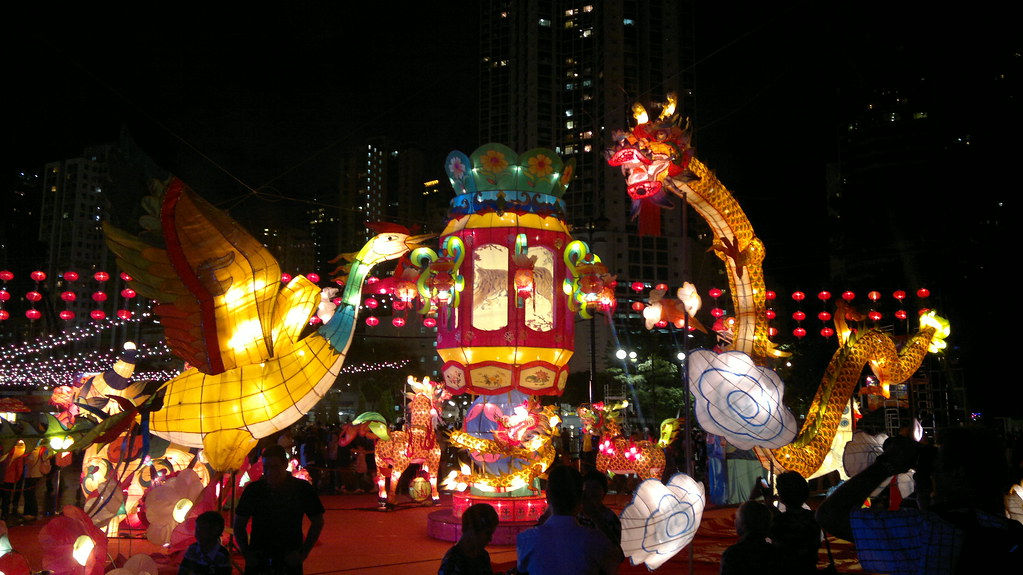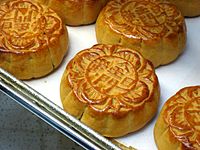Get Ready For This Year’s Moon Festival!
On September 13th, one of the biggest Chinese celebrations will take place, second only to the Chinese New Year. It’s the Mid-Autumn Festival, also known as the Moon Festival.
Celebrated by many families in East Asia, the Mid-Autumn Festival is deeply rooted in Chinese history. The ancient Chinese observed that the movement of the moon had a close relation to the changes in the seasons and agricultural production. Therefore, they began to offer sacrifices to the moon during the mid-autumn days, when it is at its fullest and brightest, to say thank you for the products of the harvest. It has since been celebrated every year on a full moon night and over the following days, this is why it is also called the Moon or Full Moon Festival. This year, it falls on Friday, September 13th.
Want to know more about the Moon Festival, how it is celebrated and where? Then keep on reading!

Legends
There are many legends which are traditionally associated with the celebration. One of them is the romantic story of “Chang E flying to the moon”.
This is how the story goes:

“ It is said that in ancient times, ten suns existed in the sky and the extreme heat made people’s lives very difficult. It was the hero Hou Yi, who, owing to his great strength, shot down nine of the ten suns.
Later, Hou Yi married a beautiful and kind-hearted woman named Chang E and lived a happy life.
One day, the Queen of Heaven presented Hou Yi an elixir which had the power to turn whoever drank it into a God. Hou Yi took it home and asked Chang E to keep it safe.
Unfortunately, one day a villain named Pengmeng broke into their home and demanded Chang E to hand over the elixir.
In a moment of desperation, Chang E swallowed the elixir and became a Goddess. Reluctant to leave her husband, Cheng E tried to fly to the place in Heaven which is nearest to the earth, and that proved to be the moon.
Hou Yi missed Chang E a lot, so much so he began to place the foods Chang E liked on the table during full moon nights. This custom was later followed by folk people to pray for good luck from Goddess Chang E and gradually formed the Mid-Autumn Festival.”
Mooncakes
Legends like that of Chang E, as well as many others, can be found as decoration on top of the mooncakes, the typical food that is eaten during this festivity. Mooncakes can vary in flavours and designs, depending on the region where they are made, although they are usually round, as the Mid- Autumn Festival is a time for family reunions, and “round” has a similar pronunciation to “reunion” in Chinese.


Traditions
During the Mid-Autumn Festival celebrations, families in China, as well as in Vietnam, Japan, Korea and the Philippines, get together and set out lanterns, often designed with the lucky colour red, sometimes decorated with riddles that passengers can have fun trying to resolve together. They also light up some of the lanterns during the night and let them float on bodies of water nearby, creating a beautiful spectacle for everyone to see! Families also often participate in different games and sports together, all linked to Chinese traditional legends.

So, now that you know what the festival is all about, on September 13th make sure to greet your friends with “Zhongqiujie kuaile!” (中秋节快乐!), or ‘happy Mid-Autumn Festival!’, and don’t forget to ask for some delicious mooncakes in your favourite Asian market.
Elixir: like a magic potion
Harvest: agricultural produce, the products of the earth that are cultivated and then collected each year.
Riddle: a quiz or a puzzle often posed in verses as a problem to be solved.
Written by Maria Anna Saija
